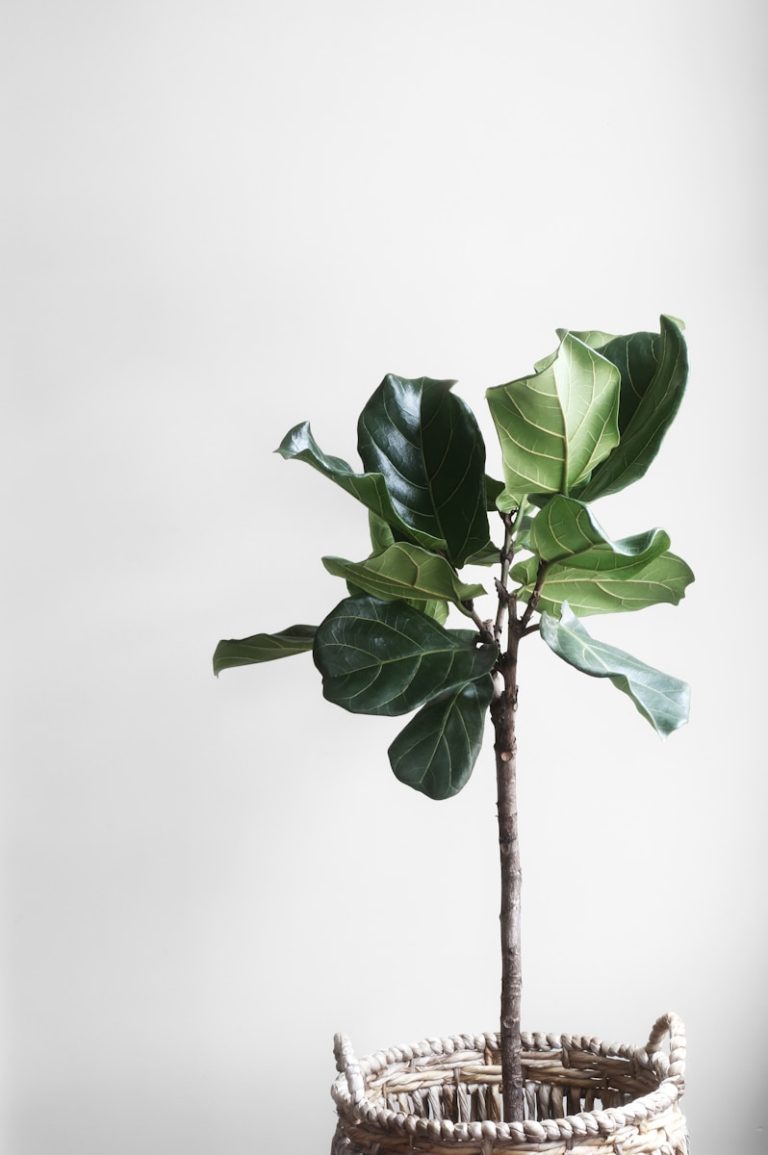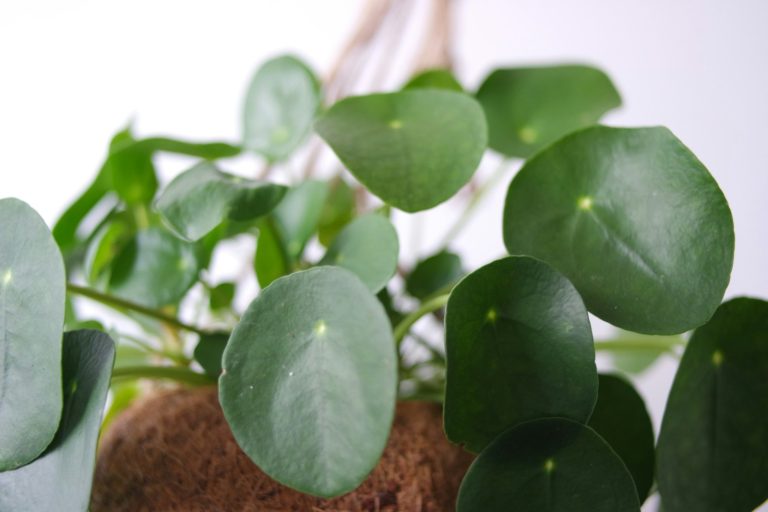Low Maintenance Indoor Trees: Top 10 Options for Beginners

Indoor trees are a fantastic way to bring a touch of nature into your home, offering both aesthetic beauty and ecological benefits. For beginners, it’s crucial to opt for low maintenance trees that don’t require a green thumb to thrive. By selecting the right plants, you can enjoy the perks of indoor greenery without the stress of extensive plant care.
Benefits of Indoor Trees
Indoor trees significantly improve air quality by absorbing toxins and releasing oxygen, making your home a healthier place to live. Furthermore, the natural aesthetic and greenery can enhance your mood and create a calming environment. For those with a busy lifestyle, low maintenance indoor trees are a practical choice, as they require minimal care while still providing all these benefits.
Factors to Consider When Choosing Indoor Trees
Choosing the right indoor tree involves understanding several key factors. First, consider the light requirements, as some plants thrive in bright sunlight, while others prefer shade. Watering needs vary between species, with some requiring frequent watering and others able to withstand drought. It’s also important to consider the growth rate and potential size of the plant to ensure it fits in your space. Finally, temperature and humidity preferences should match your home’s environment for optimal growth.
Top 10 Low Maintenance Indoor Trees for Beginners
Indoor trees don’t have to be high-maintenance divas! These 10 varieties prove that you can enjoy the dramatic presence of a tree in your home without becoming a full-time plant caretaker.
Start with one that matches your light conditions and watering habits, then watch as it transforms your space into a more vibrant, living environment.
Fiddle Leaf Fig (Ficus lyrata)
The Fiddle Leaf Fig is a popular choice due to its striking leaves that add a dramatic touch to any room. It prefers bright, indirect light and moderate watering, allowing the soil to dry out between sessions.
Rubber Plant (Ficus elastica)
Rubber Plants are known for their large, glossy leaves. They thrive in bright, indirect light and need regular watering, but can handle occasional neglect, making them perfect for beginners.
Snake Plant (Sansevieria trifasciata)
Known for its hardy nature, the Snake Plant can survive in a variety of lighting conditions and with infrequent watering. Its robust structure makes it almost indestructible, perfect for novice gardeners.
ZZ Plant (Zamioculcas zamiifolia)
The ZZ Plant is praised for its tolerance to low light and minimal watering needs. Its waxy leaves help retain moisture, ensuring the plant stays healthy even with sporadic care.
Pothos (Epipremnum aureum)
Pothos is ideal for low-light areas and requires only moderate watering. Its trailing vines can embellish bookcases or hang gracefully, adding charm to any interior.
Peace Lily (Spathiphyllum)
Peace Lilies thrive in low light and prefer to be in slightly moist soil. They are known for their beautiful white blooms, which contribute to their visual appeal.
Dracaena (Dracaena marginata)
With its striking, upright foliage, Dracaena tolerates a range of light conditions and needs watering every few weeks. It’s an easy-care plant that can withstand neglect.
Spider Plant (Chlorophytum comosum)
Spider Plants are recognized for their cascading leaves that make them great for hanging baskets. They thrive in bright, indirect light and are forgiving if you forget to water them occasionally.
Lady Palm (Rhapis excelsa)
Lady Palms are adaptable to low light and have moderate watering needs. Their fan-like leaves provide a tropical feel to your home’s interior.
Bamboo Palm (Chamaedorea seifrizii)
The Bamboo Palm is a great option for pet owners as it’s non-toxic to animals. It prefers moderate light and regular watering, giving your home a lush, tropical ambiance.
Tips for Successfully Growing Indoor Trees
Even the most low-maintenance indoor trees will thrive with these basic care practices:
- Choose the right pot: Always select containers with drainage holes to prevent root rot
- Check water needs individually: Rather than following a rigid schedule, check each plant’s soil moisture level before watering
- Dust leaves regularly: Clean foliage allows plants to photosynthesize more efficiently
- Watch for pests: Inspect new plants before bringing them home and check regularly for common pests like spider mites
- Be patient: Indoor trees grow more slowly than outdoor ones—enjoy the journey rather than focusing solely on size
My Final Thoughts
Choosing low maintenance indoor trees offers a multitude of benefits with minimal effort, making them ideal for beginners. Not only do they beautify your living space, but they also contribute to a healthier environment. Embark on your indoor gardening journey with confidence, knowing that these plants are well-suited to thrive in your home.

